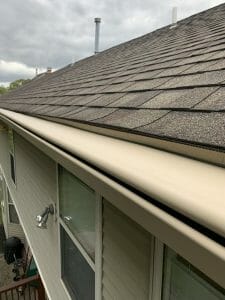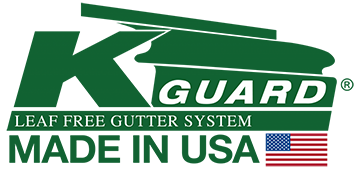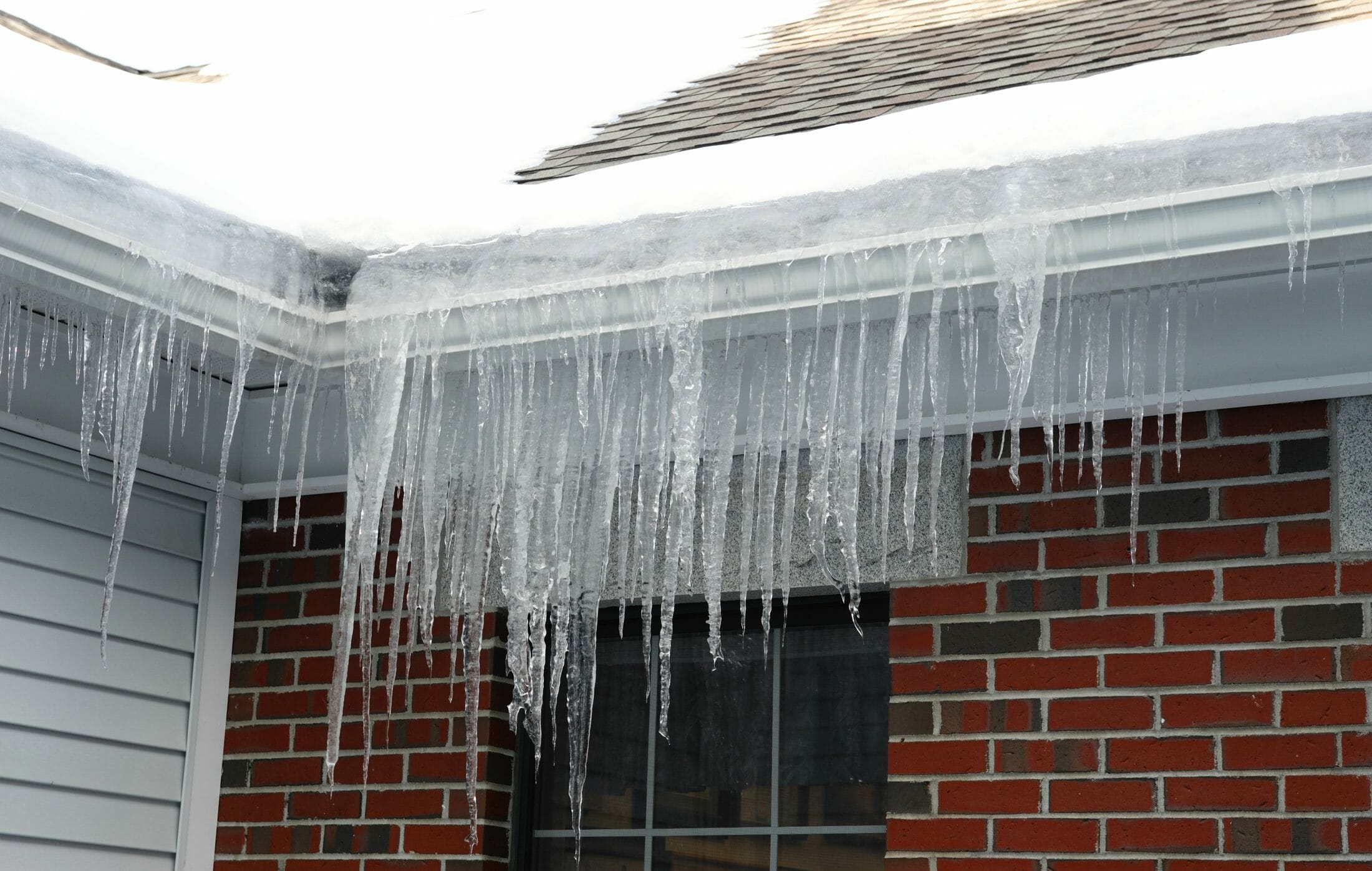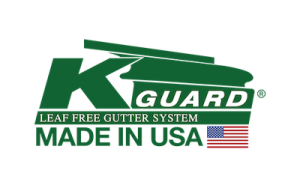 Gutters are designed not just to decorate the edges of your roof but to carry water away so it doesn’t erode the soil around your foundation. When they become clogged with leaves or storm debris instead, they fail at this and tend to dump water right where you don’t want it. Gutter guards go a long way in helping gutters perform properly. However, you’ll still need to occasionally clean the gutters and the guards covering them.
Gutters are designed not just to decorate the edges of your roof but to carry water away so it doesn’t erode the soil around your foundation. When they become clogged with leaves or storm debris instead, they fail at this and tend to dump water right where you don’t want it. Gutter guards go a long way in helping gutters perform properly. However, you’ll still need to occasionally clean the gutters and the guards covering them.
The Benefits of Gutter Guards
Gutter guards are advanced covers designed to greatly reduce the amount of debris entering your gutters. Depending on the type of guard you choose, it should stop materials like:
- Falling leaves
- Pine needles
- Broken bits of shingles
- Twigs and branches
- Seed pods and pine cones.
However, the exact type of guard determines what exactly it will stop. Even the best gutter guard can’t entirely stop small particles from entering the gutters. This results in the need for occasional cleaning, although it will be far less often than without guards in place. The reduction in gutter cleaning to just once or twice a year is well worth the investment in these gutter guards.
Why Clean After Getting Guards?
You install gutter guards in the first place to reduce the chances of a clog that could lead to water overflowing along the edge of the roof. If you don’t clean the gutters occasionally to remove the small amount of debris that makes it past the guard, you’ll still end up with clogged gutters eventually. The reduction in the frequency of gutter cleaning is also matched by a drop in cleaning difficulty, but you’ll still need to make time for it at least once a year. This also allows you to check the guards and ensure they’re still properly attached.
Deciding When to Clean Gutters
Consider how often you had to clean your gutters before installing guards. In most cases, it’s best to clean the gutters at least once every three months to keep debris under control. Once gutter guards are in place, you’ll likely only need to clean once a year instead. Consider what most commonly fills your gutters to determine when to schedule the cleaning. If you primarily deal with leaves and other tree debris that drops in the fall, aim to clean the gutters at the end of autumn. For areas where spring storms tend to fill the gutter with debris instead, make sure to plan an early spring cleaning to get them ready. Have the gutters inspected and cleaned any time there are signs of a leak or clog, such as water overflowing from the edge of the gutter.
Trees and Gutter Guards
If you live on a heavily wooded property and have mature trees around the home for shade in the summer, you may have to clean your gutters more often than once a year even with gutter guards in place. It all depends on the specific trees around your gutters and what kind of weather occurs over the course of the year. However, it’s still a good idea to use gutter guards under mature shade trees since they’ll block the majority of falling leaves and other debris. You’ll still see a reduction in total cleaning and reduced chances of damage to the gutters by installing the right guards.
Cleaning the Gutter Guards Themselves
The gutter guards themselves can become clogged with debris over time. This is particularly likely to happen if your roof is shedding particles or you have a lot of fine debris like small pine needles falling on the roof. Cleaning the gutter guards at least once a year, preferably after the bulk of the fall leaves have dropped, will ensure the best gutter protection. A clean gutter guard allows water to flow through and into the gutter, while a blocked or dirty guard will send it over the edge and onto the ground near the foundation. Keeping the gutter guards clean is as important as unclogging the gutters.
How the Type of Gutter Guard Affects How Often You Clean
Some gutter guards are more prone to get blocked up than others. Foam inserts can become clogged with everything from particles off of asphalt shingles to pine needles that mat together. Mesh and slatted guards are less likely to get clogged, but they still need cleaning one to two times per year. Check with the manufacturer to find out if your gutter guards lift up easily for manual cleaning. If they’re permanently attached, you’ll want to invest in professional cleaning of your gutters rather than trying to handle them yourself.
Cleaning Other Parts of the Gutter System
It’s not just the gutters and the guards that need routine cleaning and inspections. Don’t forget about the downspouts and any drainage pipes that connect to them. Clogs in the drainage part of the gutter system can lead to water issues and backups all the way to the roof. Use a simple hose test to verify water is still flowing properly any time you’re already up there to check the gutter guards or clean out the gutters.
You may still need to clean your gutters after getting gutter guards, but you’ll enjoy doing it far less often. It’s also easier to clean gutters with guards in many cases due to the reduced accumulation of debris. Choose K-Guard for gutter protection you can trust.


